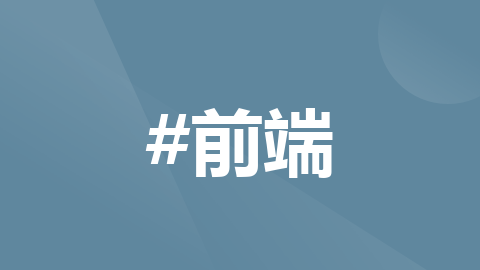
vue3 父组件调用子组件方法
一.setup语法糖写法。二.选项式API写法。
·
一.setup语法糖写法
1.子组件通过defineExpose暴露对象和方法
child.vue
<template>
。。。
</template>
<script setup>
import { defineExpose } from "vue";
const click = () => {
。。。
};
defineExpose({ click });
</script>
2.父组件
<template>
<child ref="refChild" ref="child"></pop>
</template>
<script setup>
import child from "./child";
const refChild = ref();
refChild.value.click();
</script>
二.选项式API写法
父组件:
<!-- 父组件 app.vue -->
<template>
<div class="itxst">
<!-- 使用 ref 命令 -->
<child ref="childComp"/>
<button @click="onClick">点击试一试</button>
</div>
</template>
<script >
import child from "./child.vue";
export default {
name: "app",
//注册组件
components: {
child,
},
methods: {
onClick: function () {
//获取到 子组件的 数据
let msg = this.$refs.childComp.message;
//执行了子组件的 play方法
this.$refs.childComp.play();
},
},
};
</script> 子组件:
<!-- 子组件 child.vue -->
<template>
<div class="itxst">
{{ title }}
</div>
</template>
<script>
//选项式默认当前实例是全部暴露
export default {
name: "demo",
//默认全部暴露 也可以通过expose控制那些需要暴露
//expose: ['play'],
data() {
return {
title: "www.itxst.com",
};
},
methods: {
play: function () {
this.title = "你调用了子组件的方法";
},
},
};
</script>更多推荐
 已为社区贡献1条内容
已为社区贡献1条内容







所有评论(0)